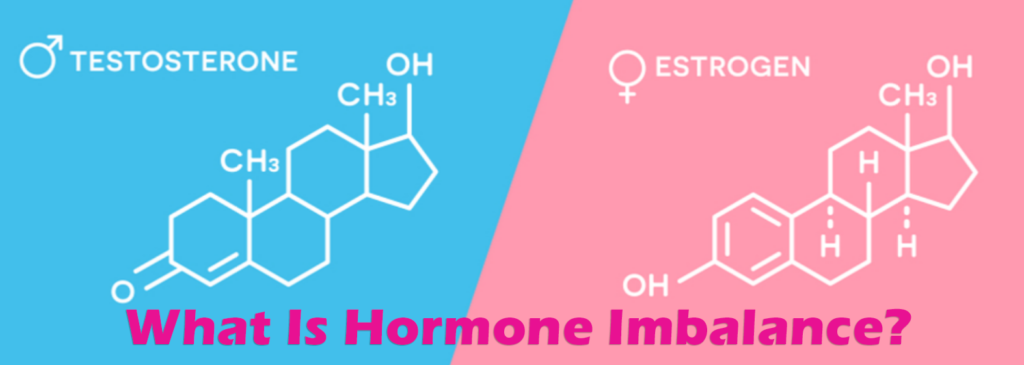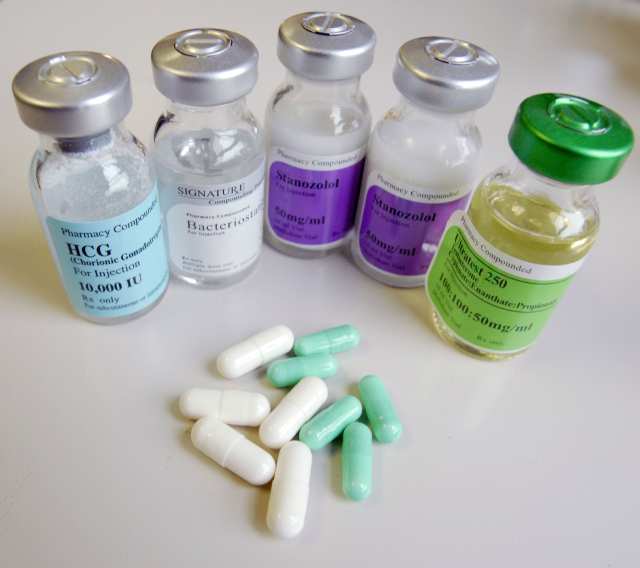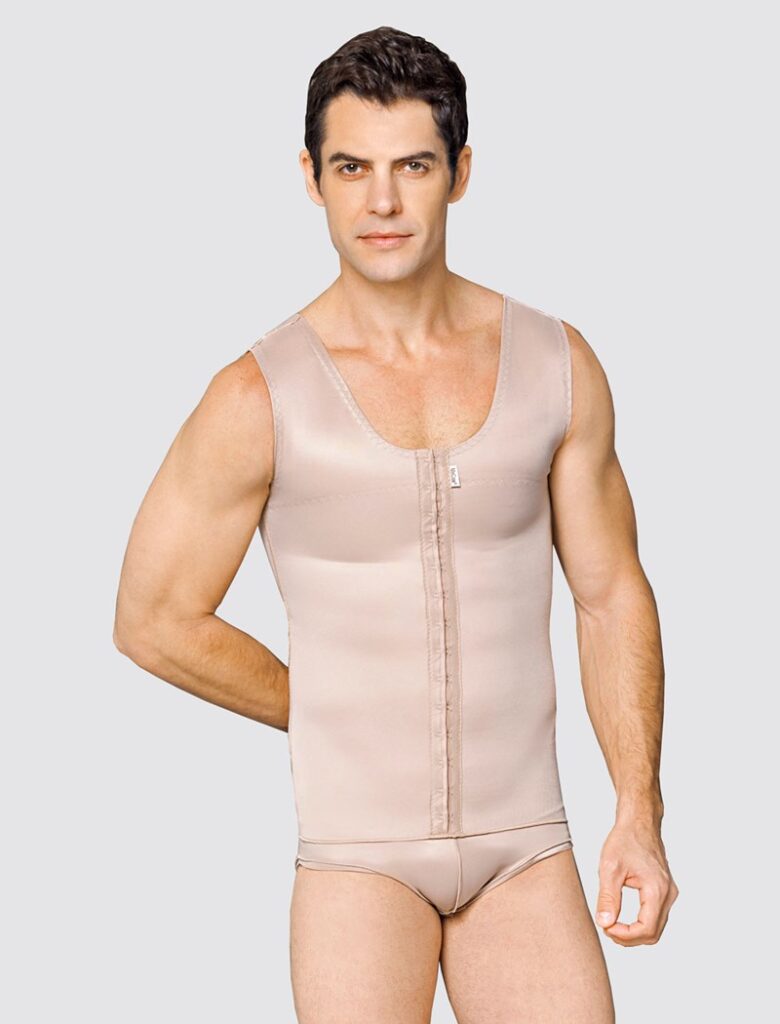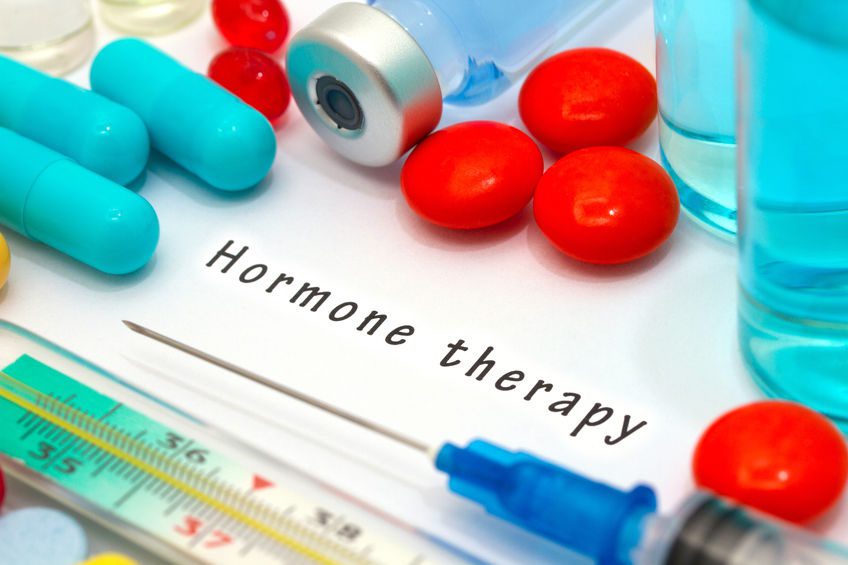Gynecomastia, the enlargement of breast tissue in males, can be a source of concern and self-consciousness. While it’s essential to recognize that complete elimination may not be achievable through non-surgical means, there are various strategies and interventions to manage and reduce the appearance of gynecomastia. In this comprehensive guide, we’ll explore the causes of gynecomastia, lifestyle adjustments, medical interventions, and surgical options for those seeking to overcome this condition. In short, we are going to learn how to get rid of gyno in both natural ways and surgical ways so without further wasting time, let’s get started.
Understanding the Causes of Gynecomastia
Before learning how to get rid of gyno, you need to know what are the actual causes of gynecomastia so that you can identify the reason behind your condition and eliminate it accordingly.
Hormonal Imbalances between Estrogen & Testosterone
Gynecomastia often occurs due to an imbalance between estrogen (female sex hormone) and testosterone (male sex hormone). An increase in estrogen or a decrease in testosterone can lead to breast tissue enlargement.

Medications can be the Culprits
Some medications, such as certain anti-depressants, anti-anxiety drugs, and medications containing estrogen, can contribute to gynecomastia. In that particular situation, consulting with a healthcare provider to discuss potential alternative medications or adjust dosage is crucial.

Medical Conditions & Underlying Health Issues
Certain medical conditions, such as hypogonadism, liver disease, or thyroid disorders, can contribute to gynecomastia. Treating that underlying health issue may help alleviate gynecomastia symptoms.
Lifestyle Factors
The use of substances like anabolic steroids, marijuana, or excessive alcohol consumption can contribute to gynecomastia so, avoiding or limiting the use of these substances is a crucial step in managing gynecomastia.

How to Get Rid of Gyno Naturally without Surgery?
It’s time to know how to get rid of gyno in various natural ways or with medications and surgery. It’s advisable to try the natural ways first to address this issue then one should opt for medications and surgery. Now, first let’s know how you can try to fix this condition by adjusting some basic lifestyle changes in a natural way.
Healthy Diet
Adopting a balanced diet rich in fruits, vegetables, whole grains, and lean proteins supports overall health and may aid in weight management. One should also start consuming an appropriate number of calories which prevents excess weight gain that may contribute to gynecomastia.

Regular Exercise
Incorporating strength training exercises, particularly targeting the chest muscles, can help improve the overall appearance of the chest. In addition, engaging in regular cardiovascular exercise contributes to overall fitness and assists in weight management.

Avoidance of Substance Abuse
If gynecomastia is associated with anabolic steroid use, discontinuing their use is crucial or if you involve yourself too much in alcohol or marijuana then reducing or eliminating the consumption of alcohol and marijuana may contribute to gynecomastia management.
Also Read: Gynecomastia Surgery: Every Detail to Know!
Compression Garments
Compression garments, such as compression vests or undershirts, provide support and effectively minimize the appearance of gynecomastia.

Regular Health Check-ups
Regular check-ups with a healthcare provider help monitor changes in gynecomastia and address any new concerns promptly.

Treat Gynecomastia with Medications & Surgery
If the natural ways and lifestyle adjustments don’t seem to have any positive effect on your condition, you need to go for medications, therapies and even surgery to treat gyno for good. So, let’s know how to get rid of gyno with the help of medical interventions and surgery.
Medication
Selective Estrogen Receptor Modulators (SERMs) Medications like tamoxifen or raloxifene may be prescribed to block the effects of estrogen and reduce breast tissue. In addition, Anastrozole and letrozole, aromatase inhibitors, can be used to decrease estrogen levels.

Hormone Therapy
In cases of hormonal imbalances, Testosterone Replacement Therapy (TRT) may be recommended to restore a more balanced hormonal environment.

Liposuction
Liposuction is a minimally invasive surgical procedure that removes excess fat deposits from the chest area. Liposuction is most effective for cases where gynecomastia is primarily due to excess fat rather than glandular tissue.

Surgical Excision
Surgical excision involves removing excess glandular tissue and reshaping the chest for a more masculine contour. This option is often recommended for cases where gynecomastia involves significant glandular tissue.
Combining Approaches is The Best Way to Treat Gyno!
Tailored Treatment Plans
Healthcare providers often develop personalized treatment plans based on the specific factors contributing to gynecomastia. Combining lifestyle adjustments, medication, and, if necessary, surgical interventions can provide optimal results. Consult with different specialists according to what therapy or surgery you need. For example, for cases related to hormonal imbalances, consult with endocrinologists or for surgical options such as liposuction & surgical excision, consult with plastic surgeon.
Considerations and Caution
- Seeking professional guidance is crucial to determine the most appropriate course of action based on individual circumstances.
- Understanding the potential risks and benefits of each intervention helps individuals make informed decisions.
- Gynecomastia can have a significant psychological impact. Seeking emotional support from friends, family, or mental health professionals is vital.
- Open communication with healthcare providers helps set realistic expectations regarding the outcomes of different interventions.
Conclusion
Addressing gynecomastia involves a multifaceted approach, considering the underlying causes, lifestyle adjustments, and potential medical or surgical interventions. While complete elimination may not always be achievable, effective management can significantly improve the appearance of the chest and alleviate associated concerns. Consulting with healthcare professionals and specialists is key to developing a tailored treatment plan that aligns with individual needs and goals, promoting both physical and psychological well-being. Hopefully, you found this article on how to get rid of gyno helpful enough. If you really did then let us know your valuable thoughts in the comment section below. Thanks for visiting and appreciating our work.
